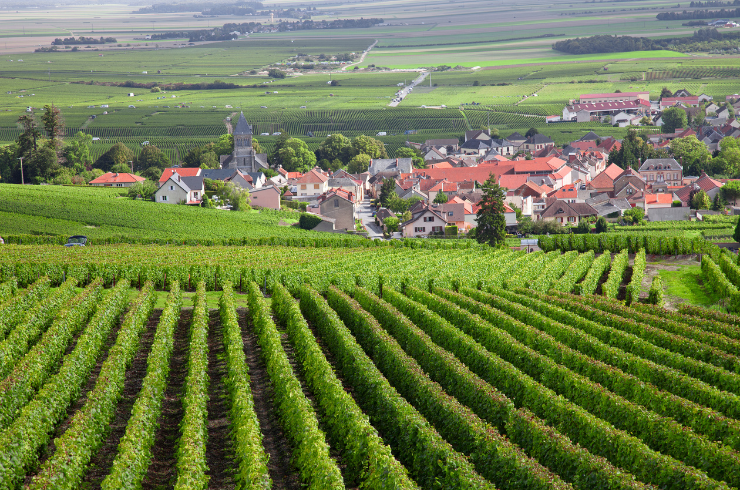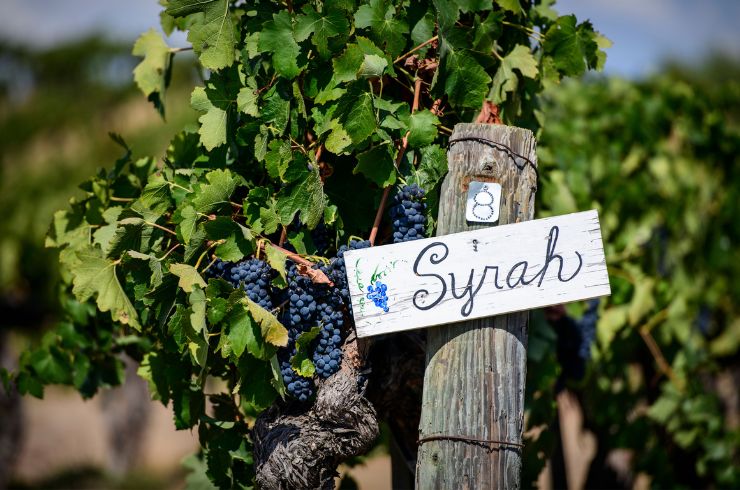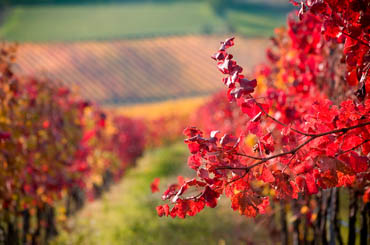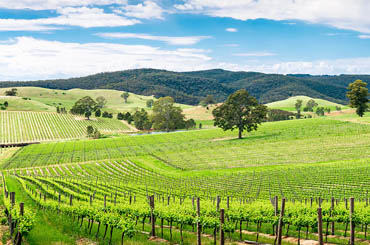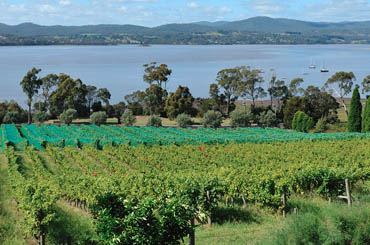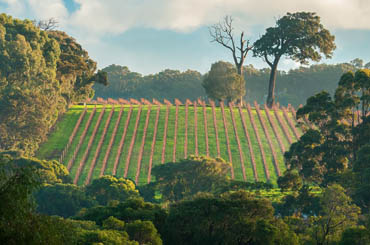2016 Vintage Snapshot: Victoria
In the Yarra Valley a dry winter and spring, with record warmth in October, saw the vines leap out of the starting blocks and race to another very early harvest. Yields were all higher than in recent years, but even though a hot (though not windy) January was to follow, the vine canopies remained in perfect health with no leaf senescence; there was an exceptionally compressed harvest. There are high hopes for pinot noir (once again, and despite the heat), shiraz and the other red varieties; the prime white variety, chardonnay, will be good, but not a repeat of great vintages such as 2011 and 2014.
The Mornington Peninsula threw a curve ball at global warming, with the coldest winter in 26 years. Just as in the Yarra Valley, very low rainfall created issues, October having the lowest rainfall since 1900. January rain filled out the bunches, and yields were moderate to high, particularly on the whites. The best variety was pinot noir, the overall quality average to above average.
Geelong followed the pattern with early budburst and rapid growth through to Christmas, but January was not as hot as in some nearby regions, and some vineyards had very high yields of pinot noir: a puzzle explained only by the large size of the seeds in what were generally quite plump berries. A site-specific pattern was evident, with some nominating chardonnay as the standout variety; quality is expected to be good to very good.
The Macedon Ranges created all sorts of records – the lowest recorded rainfall since 2006, the warmest October on record, the warmest December since 2004, a February without rain, the earliest vintage ever. The picks were pinot noir and chardonnay, the overall quality excellent.
Bone-dry soils at budburst in Sunbury caused issues for those without water. Low to moderate yields resulted in shiraz, chardonnay and viognier with moderate alcohol and (shiraz) deep colour.
Bendigo’s weather through to harvest was dry but of moderate heat, providing good ripening conditions. Yields were moderate, the best variety cabernet sauvignon ‘hands down.’
Heathcote had one of the coldest winters in recent memory, and the driest lead into a warm and dry spring and early summer; harvest was the earliest on record. All agreed that shiraz is of exceptional quality.
The varied topography and landscape of the Grampians led to differences in the physical conditions of the growing season, deciding which varieties fared best. Chemical analysis was unusual, with sugar accumulation three to four weeks ahead of phenolic maturity.
Very much a wait-and-see proposition. Henty’s temperature gauge was all over the place this year with an unusually hot November, moderate to high December temperatures, a cooler January than usual, but no rainfall in January or the first half of February. The upside was no disease pressure; the outstanding variety was riesling.
In one of those unexpected outcomes, one Pyrenees vigneron was of the view that the growing season weather for 2015 and 2016 were very similar. One reporter nominated chardonnay and cabernet as standout varieties, the overall quality being good to high.
Beechworth had an early start to vintage with generous yields providing the best of both worlds, chardonnay the best of the early varieties; cabernet sauvignon, sangiovese and tempranillo the best reds. Overall a vintage to remember.
Nagambie Lakes experienced the quickest vintage on record (just over four weeks compared to the usual eight to nine weeks). Notwithstanding a thunderstorm on January 3 with 85-100mm of rain falling in two hours, dry and windy conditions after the rain prevented disease outbreaks. The simultaneous ripening of white and red varieties, and scrambling for non-existent fermentation space, was the only issue. Overall, a very good vintage in terms of quality and quantity.
The Strathbogie Ranges shared very dry soil conditions and the earliest use of irrigation on record, but with cabernet still being picked on April 7. Vine stress undoubtedly played a role. Chardonnay and pinot noir were the standouts.
Upper Goulburn vignerons were happy, with good quality across the board despite the very early and condensed season.
The Alpine Valleys had the earliest harvest on record (nothing new there), after some yoyo weather changes; differing parts of the Valleys had very different outcomes. Some were happy with their reds, but not so much the whites, others had a diametrically opposed view.
The King Valley had a basically dry, warm vintage, the yields moderate, prosecco and pinot grigio the standout varieties for some, but perhaps without the acidity of 2015.
Glenrowan and Rutherglen had a warm, dry start, followed by heavy rain in early February, then a return of dry conditions ending fears about mildew and botrytis. A very good year for shiraz and durif, and even better for muscadelle (producing topaque) and muscat.
The Murray Darling had to cope with the usual very hot conditions, which it did with ease. Viognier and chardonnay were the best whites, cabernet sauvignon, tempranillo and shiraz the pick of the reds. 1136

